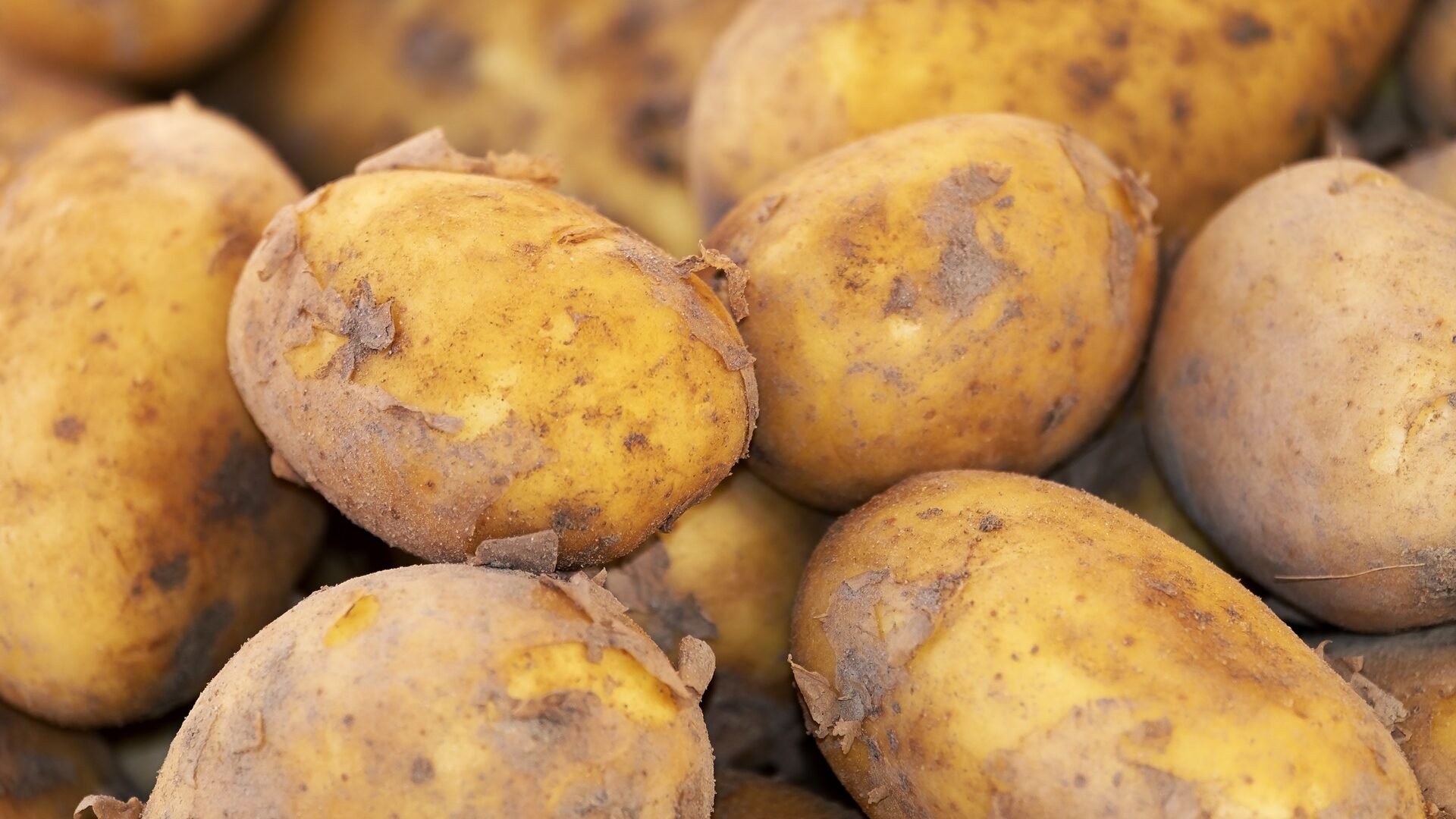Q&A: Garden & Landscape Expo Presenter Dr. Yi Wang on Growing Potatoes
March 8, 2021 Leave a Comment

Dr. Yi Wang
This year’s virtual Garden & Landscape Expo featured a wide variety of engaging educational presentations, all of which were recorded and are available to watch at wigardenexpo.com.
Due to technical difficulties, presenter Dr. Yi Wang was unable to attend the Q&A portion of her presentation “Growing Potatoes in Your Home Garden.” Attendees’ questions were collected, and Wang responded after the event, which is found below.
You can find a recording of Wang’s presentation here. Note: You must be registered and logged in at wigardenexpo.com to view. Registration is free and only takes a moment!
What are optimum sunlight requirements?
Dr. Yi Wang: Anywhere between 12 hours and 16 hours of sunlight is a good range for potato growth.
When storing tubers, what should not be stored next to them?
Wang: Any fruit or vegetable that can release a lot of moisture during storage, like onions, because moisture can create a favorable environment for pathogens to grow and infect the potatoes.
I had a soil test done and the pH was 7.1. Should I treat my potato patch to adjust the pH before planting?
Wang: Yes. Growing potatoes in alkaline soil can lead to scab issues developed on your tuber surface. Adding elemental sulfur is an easy option, but it will take a month or two to drop the pH. Some sulfur-based organic fertilizer or acidifier can also help you achieve that. Generally, if your soil is alkaline, applying acidifier in the fall of the year before you grow potatoes works better.
Can alkaline soils be corrected for potato production?
Wang: Yes, adding elemental sulfur is an easy option, but it will take a month or two to drop the pH. Some sulfur-based organic fertilizer or acidifier can also help you achieve that. Generally, if your soil is alkaline, applying acidifier in the fall of the year before you grow potatoes works better.
Do you have experience with growing potatoes in straw bales?
Wang: We haven’t done any research on growing potatoes in straw bales. I’ve heard that people can grow clean potatoes in hay or straw bales. This is a great webpage introducing information on this topic.
Do you have tips for growing potatoes in containers?
Wang: This webpage provides a lot of information about growing spuds in containers.
How about growing potatoes in tires?
Wang: That’s actually a very interesting way to grow spuds! I don’t have any experiences with this method, but I read this article that talks about some details.
What is your best tip for growing potatoes in potato bags? What soil do you buy for these?
Wang: This is a good article about growing spuds in grow bags.
Can potatoes be grown in 3-foot depth raised beds?
Wang: Potatoes can be grown in raised bed. Particularly early varieties can be better grown in raised beds. Dig a hole that’s 10 to 12 inches deep and then put the seed pieces in. Remember the best seed-piece spacing is 10 to 12 inches between seed pieces.
Can garden compost be used for hilling?
Wang: Yes, you can use finished compost to hill potatoes. Here is a good blog about the topic. By the way, hilling with straw is another option. This is a good YouTube video introducing more information.
Are potatoes with scab edible?
Wang: If the scab is pretty shallow and you can easily peel off the bad tissue, they are still edible (peel off a layer of healthy tissues underneath the bad tissue just to make sure). If the scab is terrible, better throw them away.
In southern Wisconsin, will the seed potato sellers actually have the product by April 1?
Wang: I think you can start to look around in early March for certified seed pieces.
The texture of the fingerling potatoes I grew from the same plant were quite different: some are creamy as expected, but some have really weird texture. Why is that? What can I do to improve this?
Wang: The texture of potatoes is mostly determined by the starch content vs. water content of the tubers. I am not sure if the different potatoes with different texture are from different fingerling varieties or if they were under different growing conditions. Environmental factors such as rainfall, heat stress, too much soil moisture, fertility and maturity of the tubers can all affect the texture of the tubers. I would suggest to pick the most creamy fingerling variety, see how you grew them in the previous year, and use those practices to cultivate in your future seasons.
I am really struggling with potatoes beetles, and there are too many of them to hand-pick. Is there an effective organic treatment for them? Also, I have very clay soil. How can I amend it for potatoes?
Wang: For controlling CPB organically, you can read this useful article.
To grow potatoes in clay soil, there are some tips:
- Till the soil to a depth of 10 to 12 inches and remove large rocks and root clods
- Test your soil and adjust the soil pH to 6 to 6.5
- Spread a 2- to 4-inch layer of organic matter, like aged manure of compost over the area. Organic matter can increase the soil drainage
- Add some fertilizer as recommended by your soil test, and then mix the organic matter and fertilizer into the top 6 inches of the soil with a garden tiller or hand tools.
If your soil is extremely clay and not appropriate for growing potatoes, you can try grow in hay or straw bales. This is a good read about that topic.
 Passport
Passport





